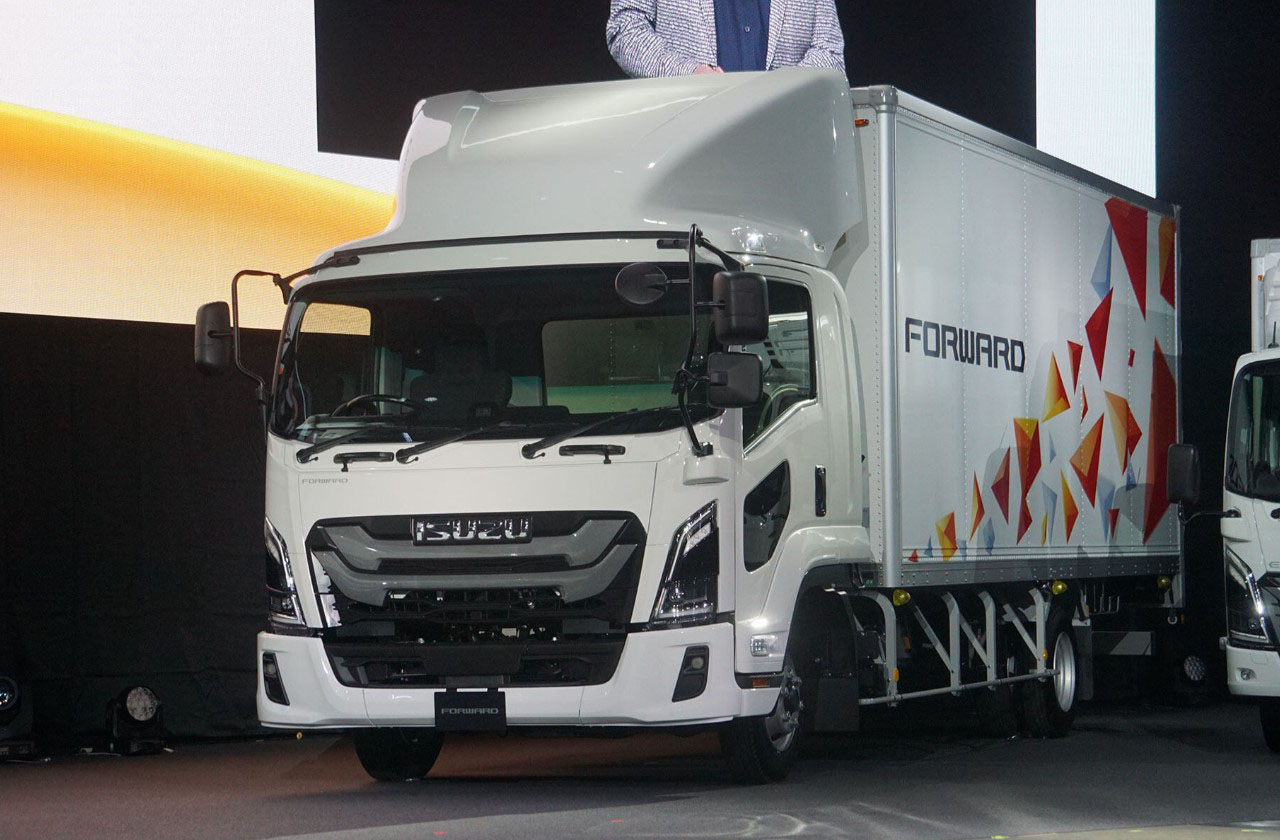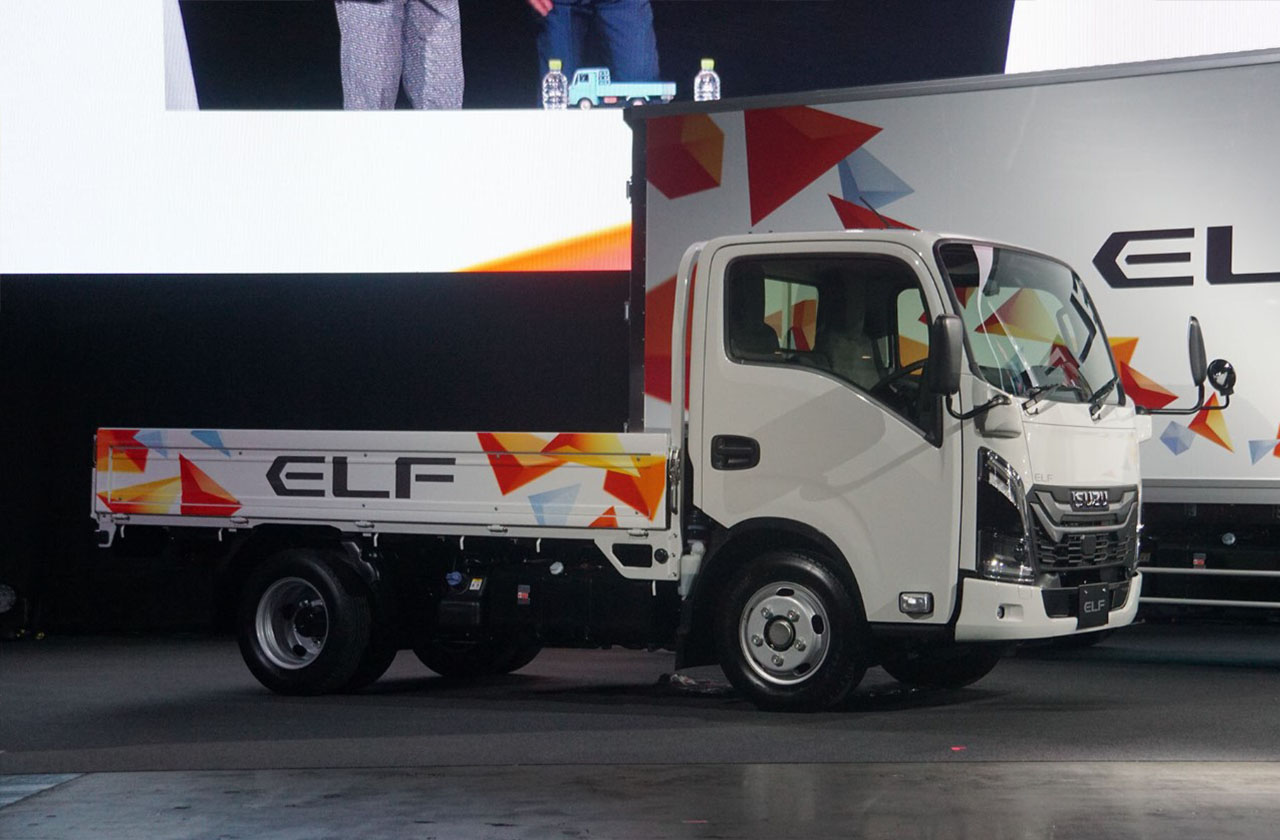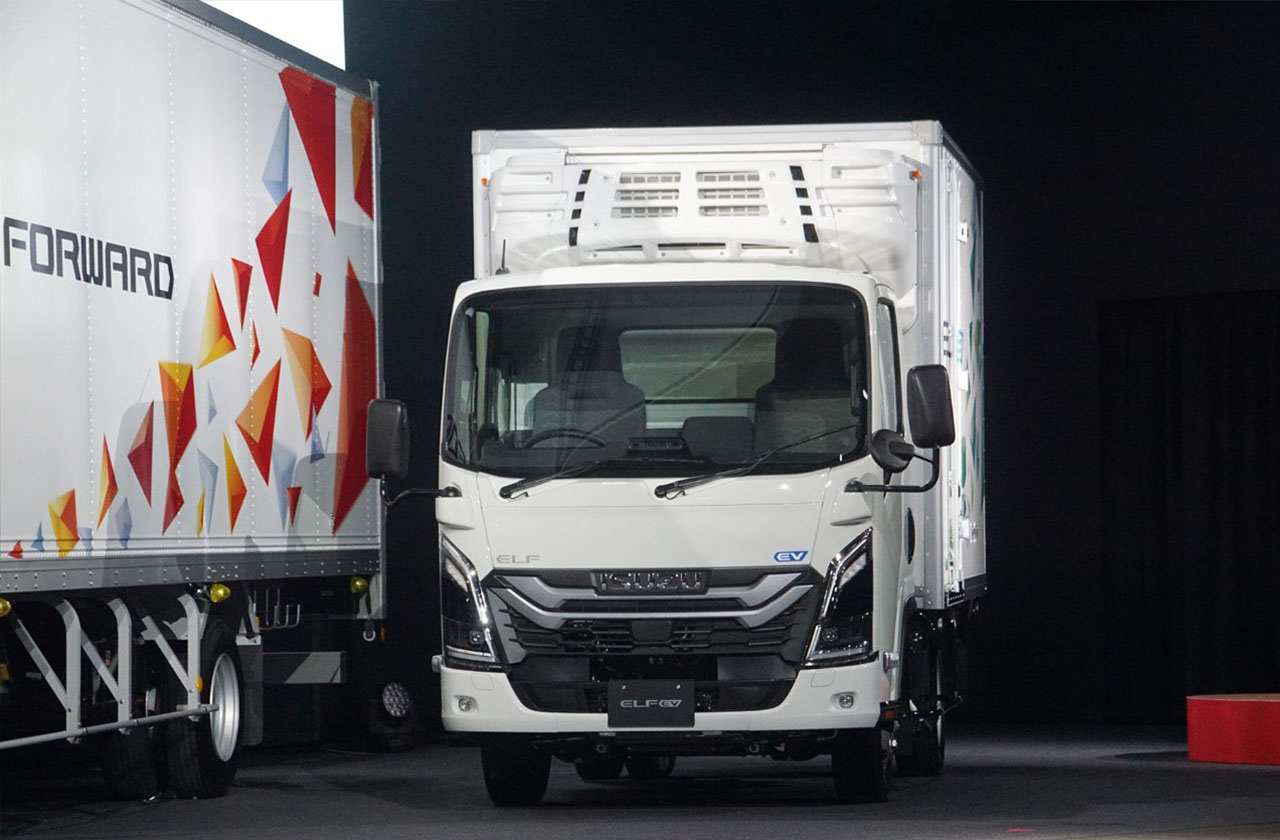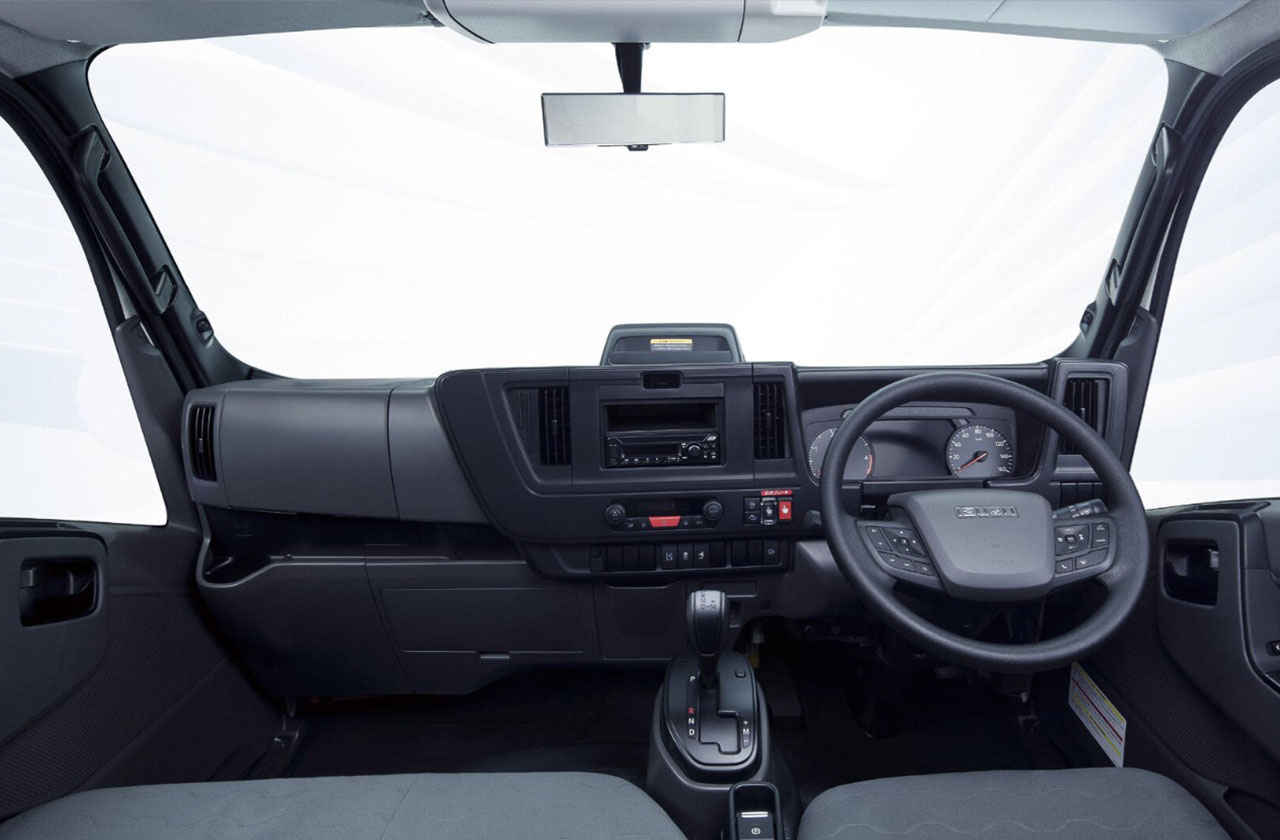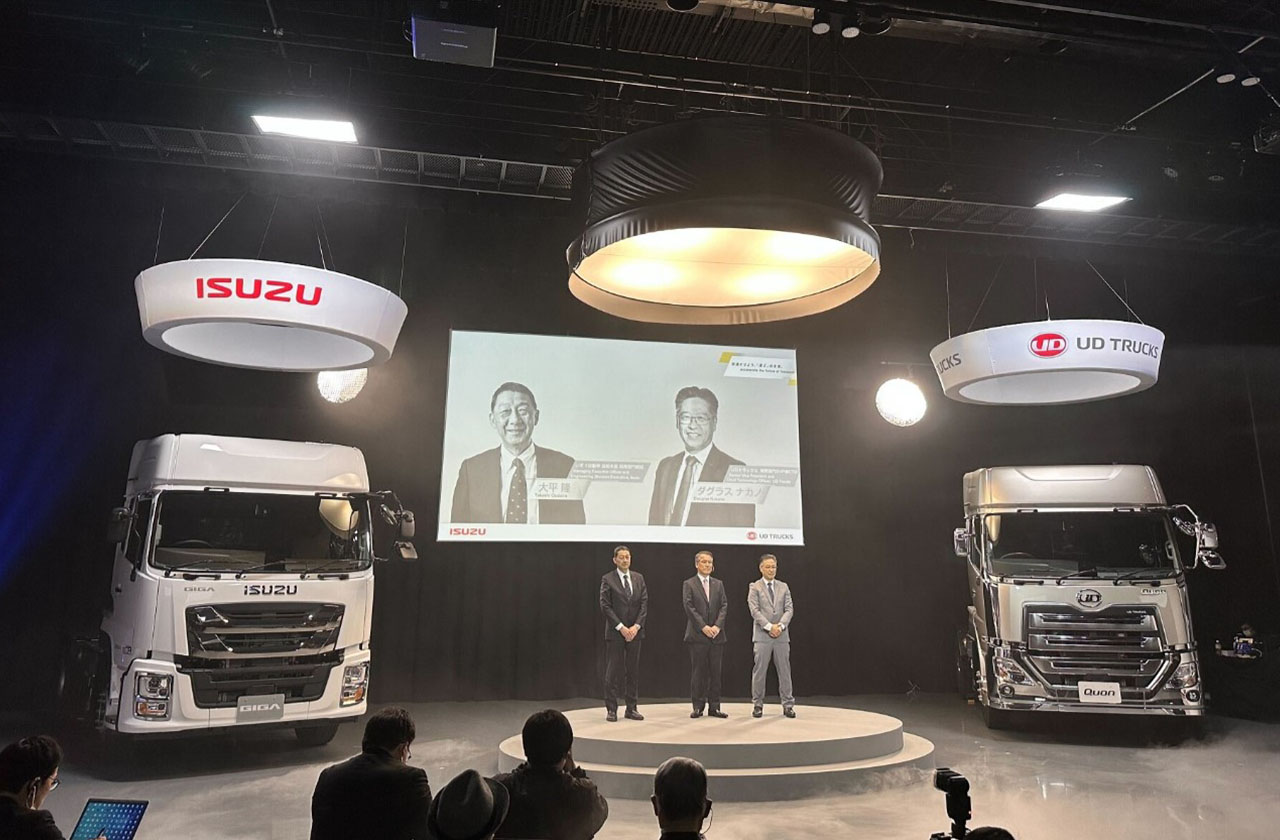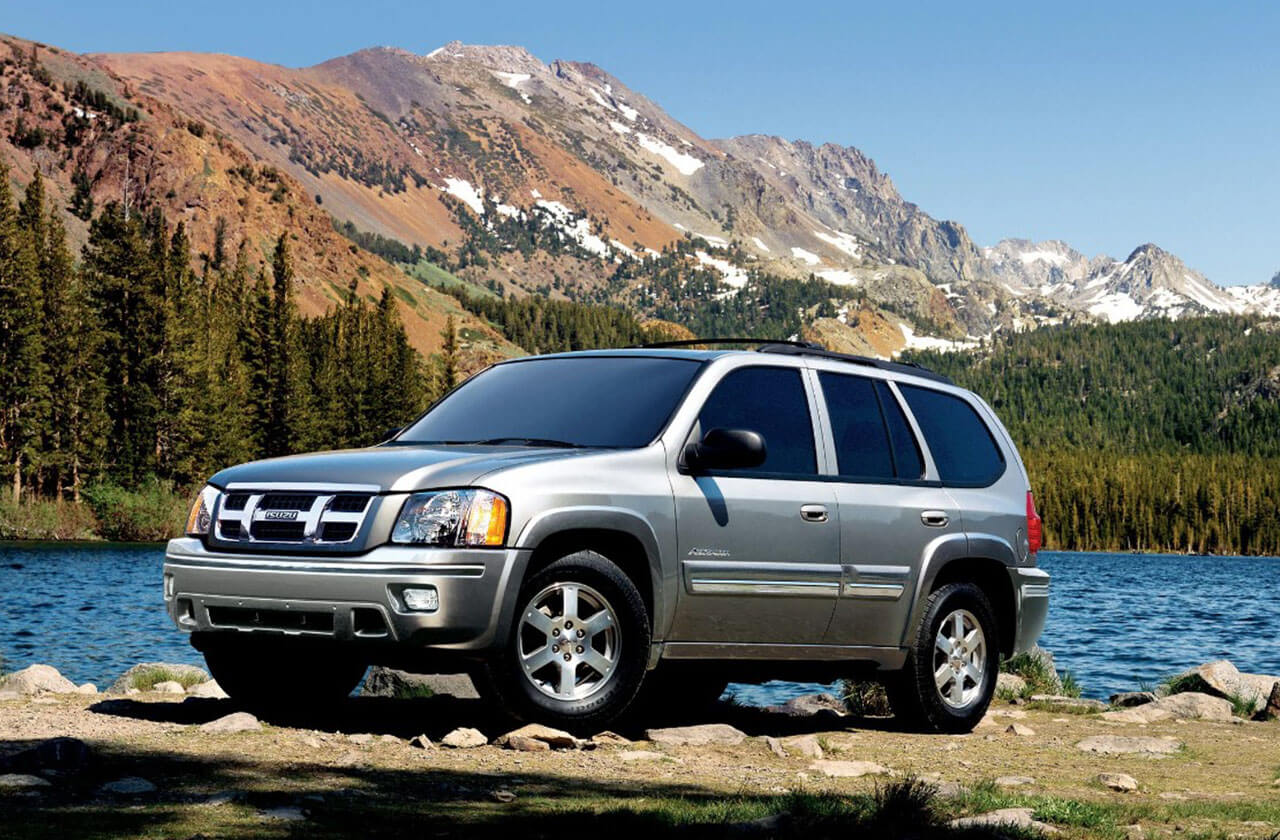Japanese Isuzu Motors held the premiere of the Elf family of trucks of the new (eighth) generation. The elf of the outgoing generation has been produced with upgrades since 2006, that is, 17 years - in the commercial vehicle segment, the product life cycle is much longer than that of passenger cars.
In the next incarnation of Isuzu Elf, the gradation for small and medium-duty vehicles is preserved. The former are denoted by the letter N, the latter by F.
The frame and cab of the predecessor are taken as the basis for the eighth generation, but they are deeply modernized. The N-Series has all exterior panels replaced, while the larger F-Series has a completely new front end. The machines are equipped with mutually unified LED headlights. It is claimed that the upgraded cabins are optimized in terms of streamlining.
Technical information has so far been disclosed only for the N line - it is equipped with a 4JZ1 turbodiesel. Depending on the tonnage of the vehicle, the internal combustion engine produces 150 hp. or 175 hp power. The engines are aggregated with a completely new gearbox - this is a 9-speed preselective "robot" ISIM (Isuzu Smooth Intelligent Transmission), it is much more efficient than the previous one, significantly reducing fuel consumption and, as a result, emissions of harmful substances. It is argued that there are fewer mechanical losses, improved gear shift speed, reduced noise from the transmission (the driver will be less tired).
The engines are equipped with a start-stop system (during short stops, the engine automatically turns off, if you release the brake pedal, it turns on again).
The new Elf is also equipped with low rolling resistance tires. All these measures made it possible to significantly reduce fuel consumption - for example, the base Elf N-Series with a carrying capacity of 2 tons consumes 15% less diesel fuel than the outgoing model.
The base remained a manual transmission. The drive can be rear or full.
All Isuzu Elfs come standard with a pre-emptive safety system that works on data from a stereo camera, a shortwave millimeter-wave radar and a driver fatigue sensor. The complex includes automatic emergency braking (with obstacle recognition, including when turning), adaptive cruise control, lane control, driver condition monitoring, automatic high beam switching, traffic sign recognition, monitoring of "blind" zones and "smart » speed limiter (limits the maximum speed based on the relevant road signs).
In the interior of the cab, the ergonomics of the driver's workplace have been improved, the seats have received a folding armrest, a seven-inch on-board computer display has appeared in the instrument panel, and there are more niches for small things.
For the first time in the Isuzu Elf range, there is a purely electric version, it bears the prefix EV in the name. Elf EV will be produced in versions with gross weight from 3.5 to 7.5 tons. The characteristics of the power plant are still kept secret, three options for traction batteries are promised - with a capacity of 40 kWh, 60 kWh or 100 kWh.
